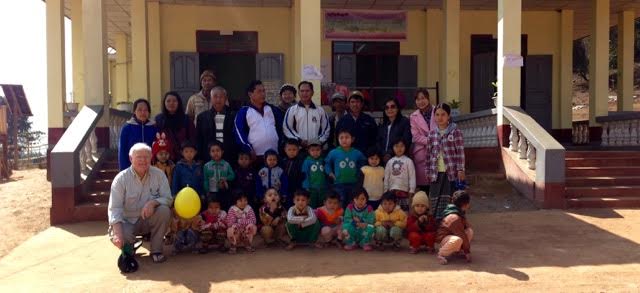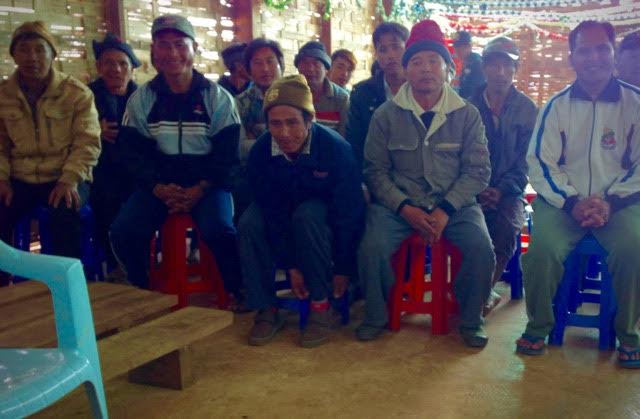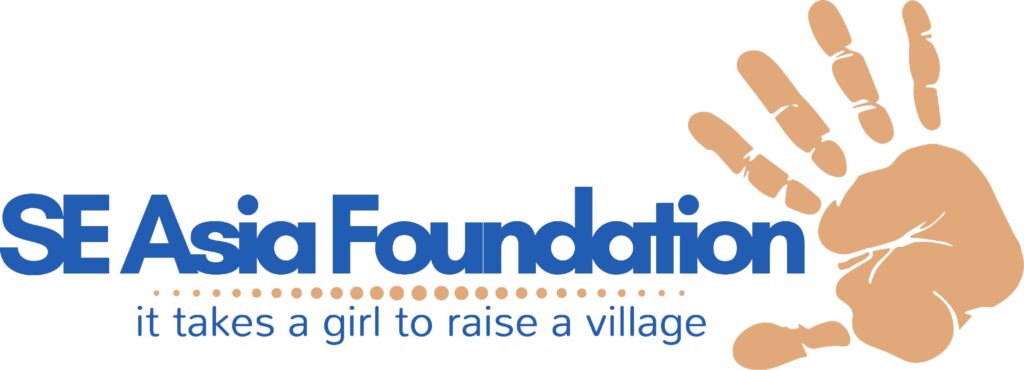Today we visited Pain Sar, a Lahu village located 26 miles north of Lashio, Myanmar. Highly agricultural, this village of 52 households and 320 people is struggling mightily to improve their life situation.
With help from a European organization they now have a very nice pre-school for their 30 children aged 3 to 5. They also have a post-primary school for their 50 children in grades 1 to 8. Beyond that, they are very proud that ten of their children now travel to a nearby town to attend high school. And, more than 10 of their young people have completed university. I met one of them, a very smart young woman. Unfortunately, most of these educated children now live elsewhere and have not returned to help the village improve its economy.

As we met with the village leaders it became readily apparent that their challenges are not with education, but with agriculture.
The vast majority of their economy is based on growing corn and selling it to the Chinese. Being poor, these villagers they cannot even afford the cost of seeds, so the Chinese loan them money for that – at very high interest rates. Then, upon harvest, the price they receive for their corn is hardly enough to cover their interest costs and leave them enough money to meet their basic survival needs. To compound that problem, last year the seeds they bought from a Myanmar company turned out to be defective resulting in a very poor crop – with no recourse to the seller of the seed. Quite frankly, it looks to me like these good people are caught in an “economic vise.”

They have to borrow money to get the seeds for planting their main crop (averaging about $200 per family), take all the risks of growing that crop, and then sell to a buyer that sets the price of the end product. Egad! No wonder they are poor.
These issues go well beyond my expertise, but it looks to me like they have at least a couple of options to pursue if they are to find a way out of this viscous cycle.
My first thought is an agricultural cooperative so the farmers can aggregate their resources and work towards an economic power balance with the Chinese. I will look for some resources for them in this regard, as will my colleagues here in Myanmar. Perhaps with some skilled coaching they can begin to move in this direction.
The second possibility centers around the notion of value added. The Chinese are buying the raw product (corn) from the villagers and then turning it into value added products, namely oil, meal, and snacks. That is where the “real money” is made – value added to the raw product.
Once again, not my area of expertise, but it seems to me that exploration into these opportunities is a necessity. Perhaps, in a cooperative venture, they can set aside a very small percentage of their crop, say 3%, and begin some experimentation into the value added opportunities with the lowest barriers to entry. I have seen several local villages with the ability to process rice into rice flour. So, why not experiment with making corn meal, and perhaps some additional products made from that meal?
Apparently, this line of thinking is fresh to them. So, we talked about how the good thinking that had enabled them to develop their village to its current state was not necessarily the thinking that would help them get to a better economy for their children’s future. They need to engage some other people, including their educated young people, to tackle the economic issues they face and move towards a better future.
I would love to find the expertise these fine, hard working people really need to help themselves move ahead. Who can help us with this?


